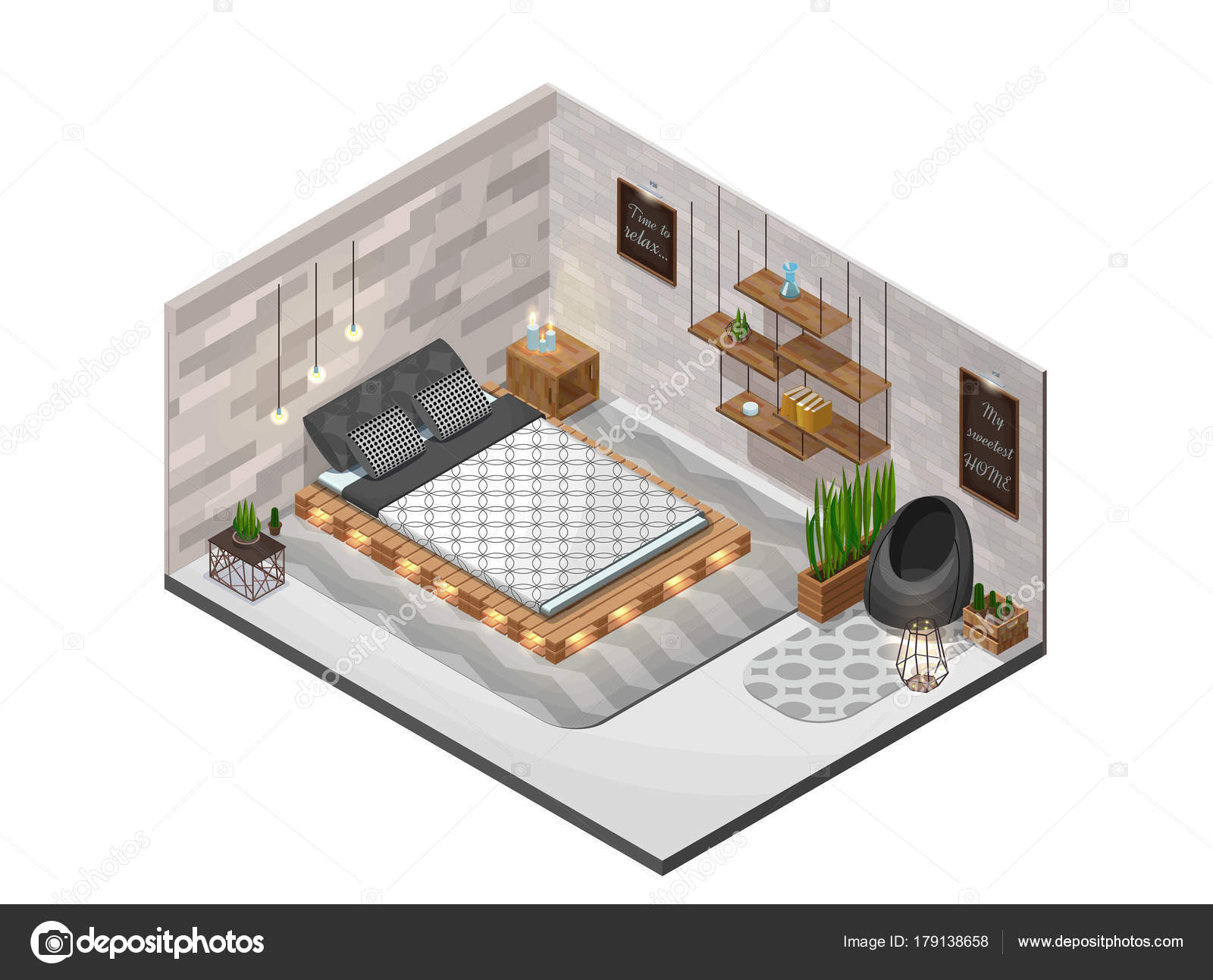A Step-By-Step Guide To Restoring Antique Cabinets
A Step-By-Step Guide To Restoring Antique Cabinets
Blog Article
Web Content By-Cunningham Donnelly
To start the trip of recovering antique closets, you need a keen eye for detail. Think of revealing covert secrets within each layer of background embedded in the timber. Picture the complete satisfaction of reviving a once-forgotten piece to its former splendor. Every step of this careful procedure holds the key to preserving the past while producing a future treasure. So, are you prepared to embark on this transformative venture and unlock the possibility of your antique cupboards?
Assessing the Closet's Problem
When beginning the repair procedure, start by examining the problem of the antique closet. Thoroughly examine the overall framework for any kind of indications of damages such as fractures, chips, or loosened joints. Examine the timber for any rot, bending, or insect problem that might have happened in time. It's crucial to determine the degree of the repair required prior to continuing further.
Next, examine the closet's equipment such as hinges, handles, and locks. Make note of any type of missing items or components that need fixing or substitute. Ensure that all hardware is operating appropriately and safely affixed to the cabinet.
Furthermore, evaluate the closet's surface. Look for any type of scrapes, stains, or staining that may influence the visual appeal. Establish if https://oldhouserenovationcosts00009.thelateblog.com/28323275/by-collaborating-with-an-experienced-cabinet-maker-your-home-has-the-possible-to-end-up-being-an-unique-haven-where-each-component-is-thoroughly-designed-and-implemented requires to be stripped and reapplied or if an easy touch-up will certainly be sufficient.
Gathering the Needed Devices and Products
After analyzing the condition of the antique cupboard, the following step is to collect the essential tools and materials for the restoration procedure. Before you start, ensure you have the following things on hand:
- wood cleaner
- sandpaper in different grits
- timber filler
- paint or timber tarnish
- brushes
- gloves
- safety goggles
- a dirt mask
- a ground cloth
- a putty blade
- a hammer
- a screwdriver
- a vacuum cleaner
These tools and materials are necessary for a successful restoration.
Timber cleaner is essential for removing years of dirt and grime build-up, preparing the surface for sanding. Sandpaper of different grits assists in smoothing out flaws and preparing the timber for a new surface. bathroom cabinets comes in handy for fixing any kind of splits, openings, or damages present in the cabinet.
Paint or wood tarnish, together with brushes, enable you to customize the cabinet to your preference. Keep in mind to put on gloves, security goggles, and a dirt mask for protection. Put down a drop cloth to protect your work area, and utilize a hoover to tidy up any type of debris.
With these tools and materials gathered, you prepare to start the reconstruction procedure.
Implementing the Repair Process
To efficiently execute the remediation procedure on your antique cabinet, begin by extensively cleaning the surface with the wood cleaner. This step is essential as it assists eliminate years of dust, crud, and old polish that may have accumulated externally.
As soon as the closet is tidy and completely dry, evaluate the condition of the wood. Look for any type of fractures, scrapes, or various other damages that require to be dealt with. Use wood filler to repair any flaws, making certain to match the filler color to the timber tone for a seamless coating.
After the repairs have dried out, carefully sand the whole surface to produce a smooth and even base for the brand-new coating. Take care not to sand also aggressively, as you do not intend to damage the timber beneath.
As soon as the sanding is complete, use a wood tarnish or finish of your option, complying with the supplier's guidelines. Allow the surface to completely dry entirely prior to applying a protective leading layer to guarantee the longevity of your recovered antique cupboard.
Conclusion
Now that you have actually completed the reconstruction process, your antique cupboard looks as good as brand-new.
By following the step-by-step overview, you were able to evaluate, repair, and improve its problem with ease.
With Read Much more and protective leading coat, your cherished piece will certainly remain to radiate for years to find.
Take pleasure in the charm of your restored antique closet!
